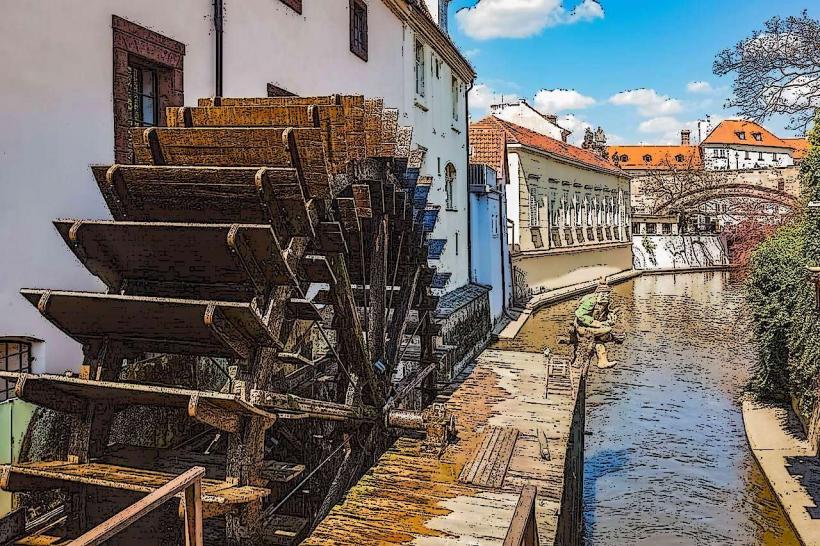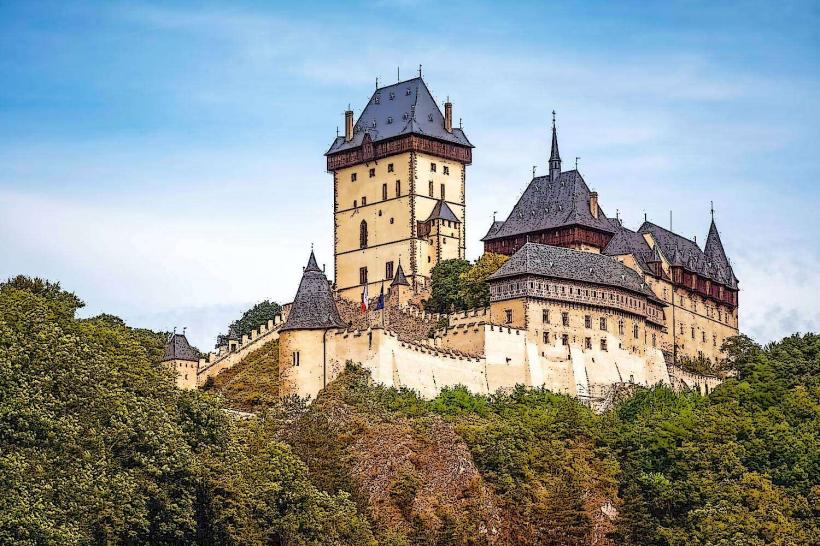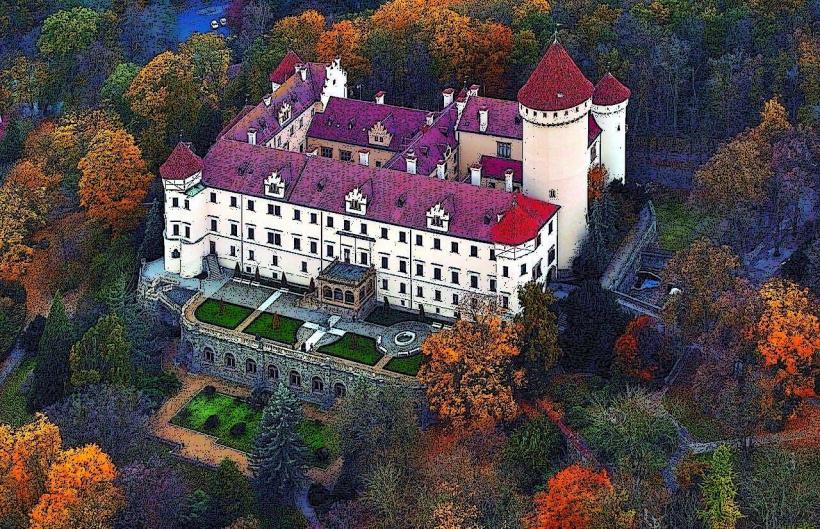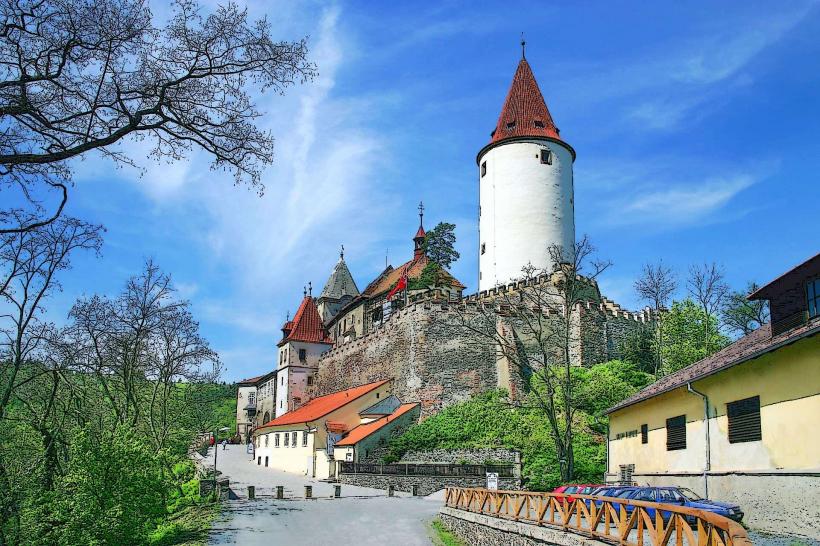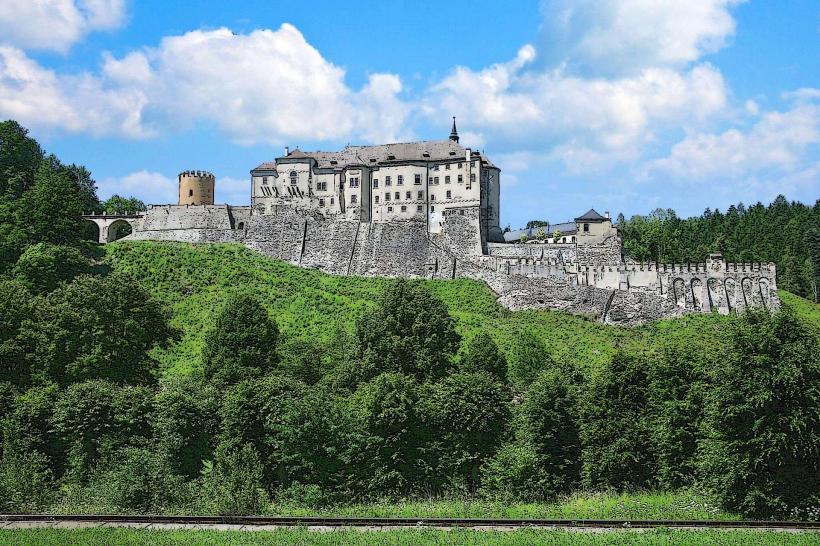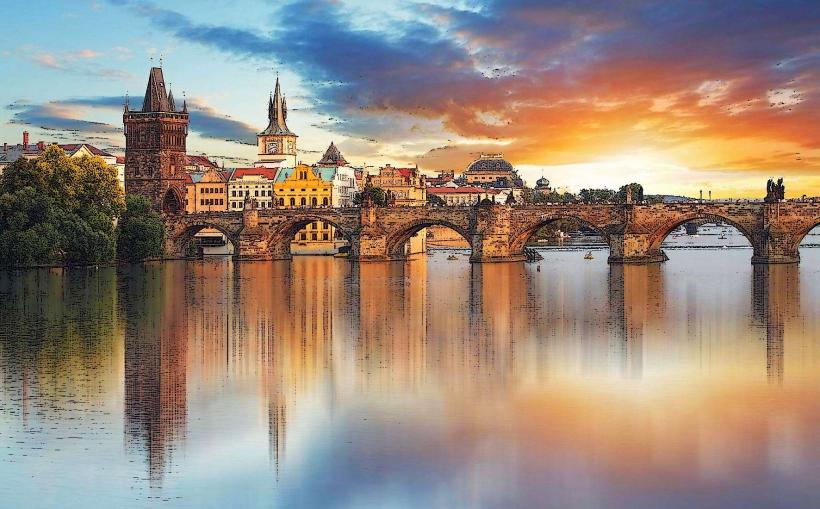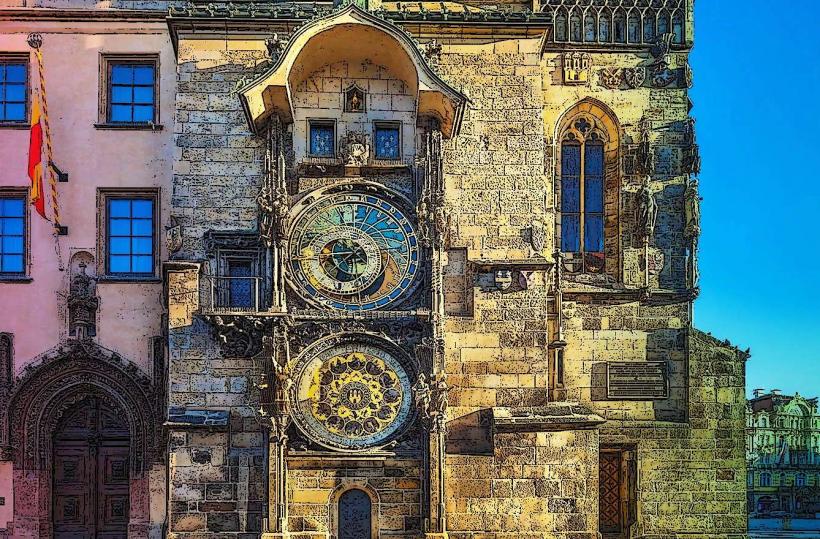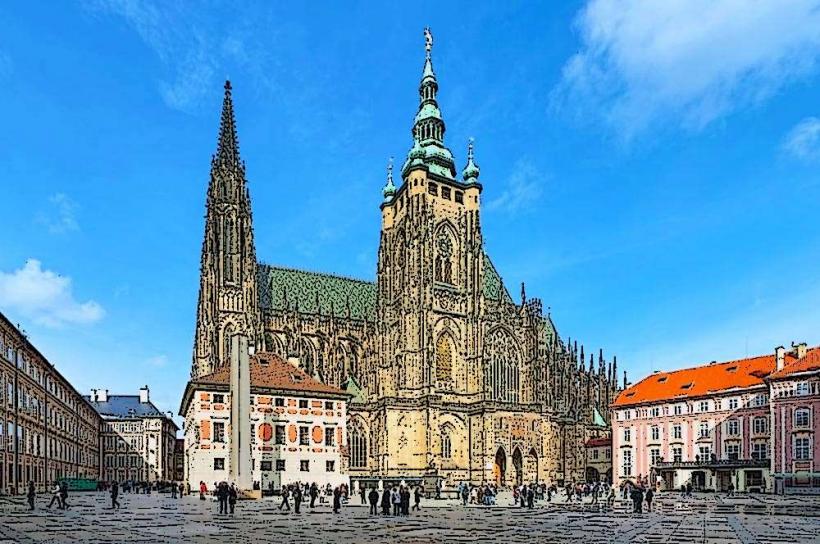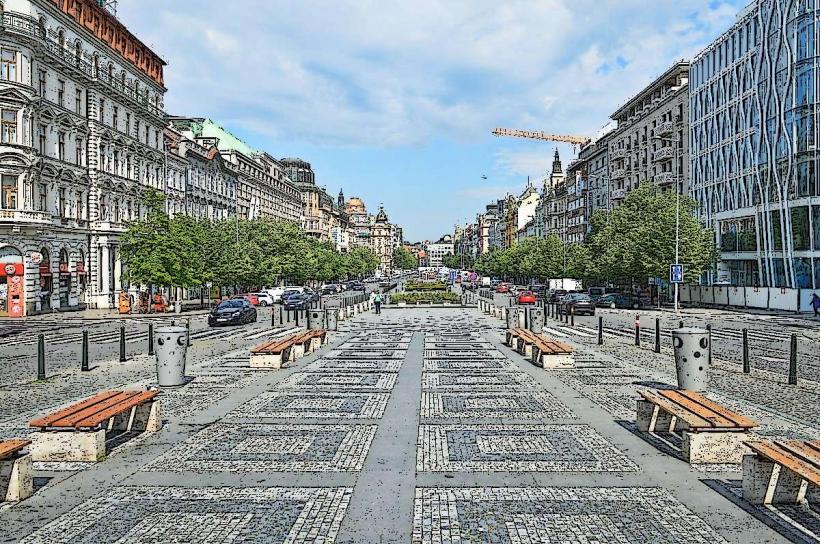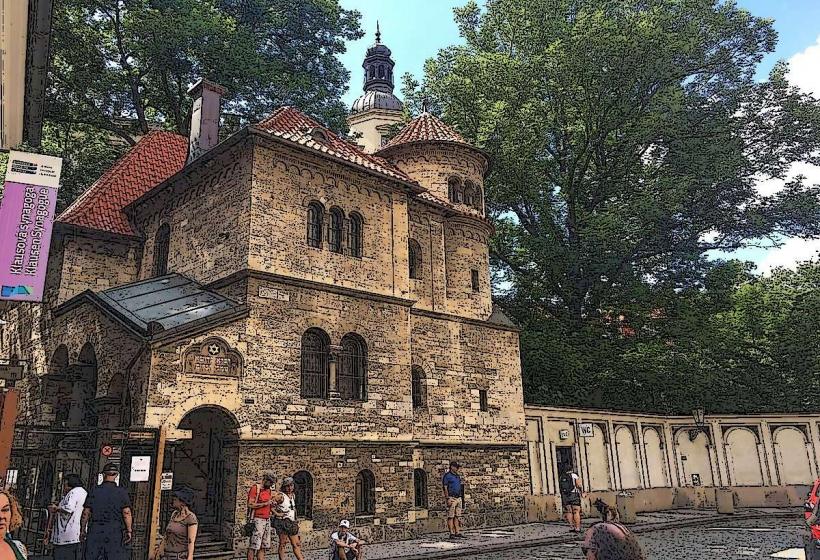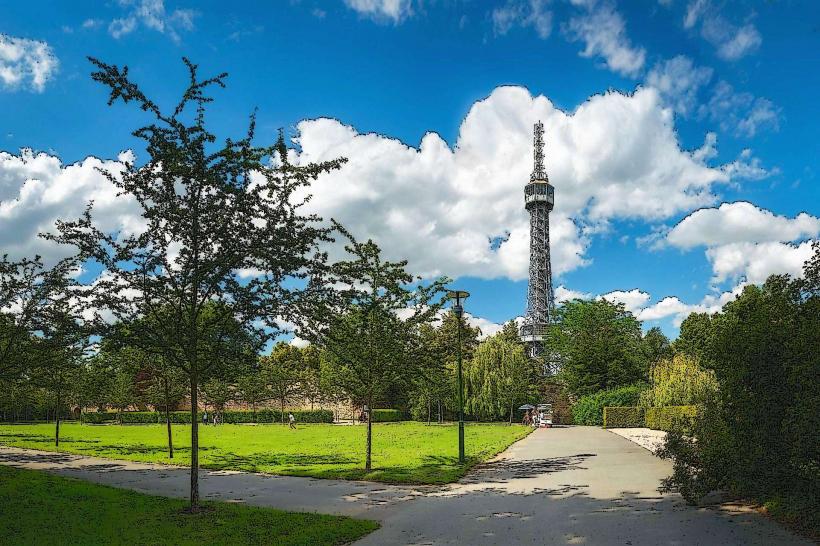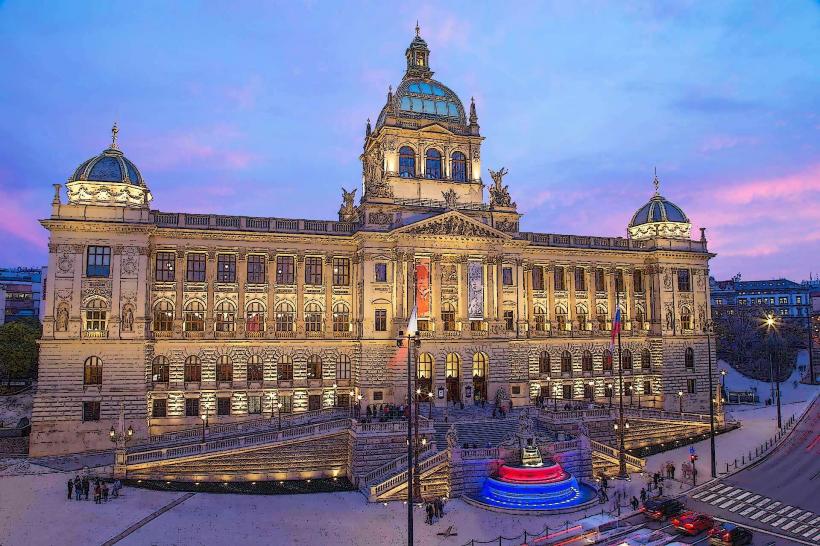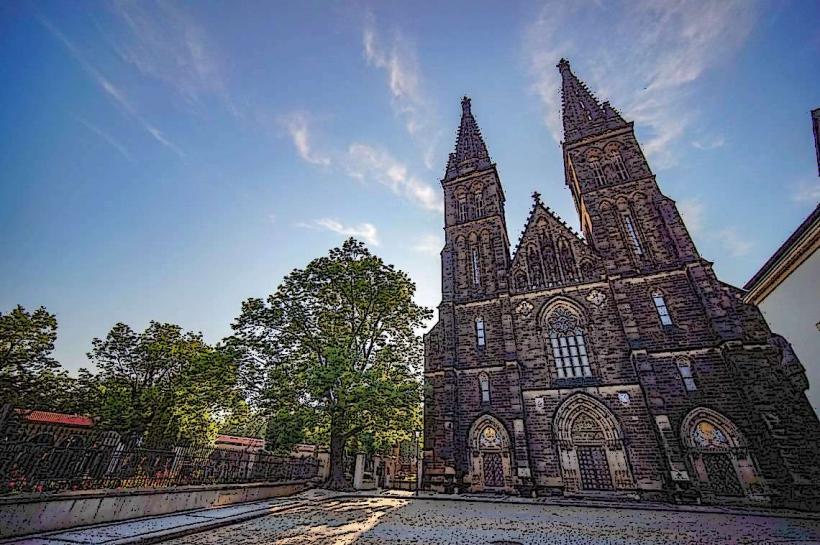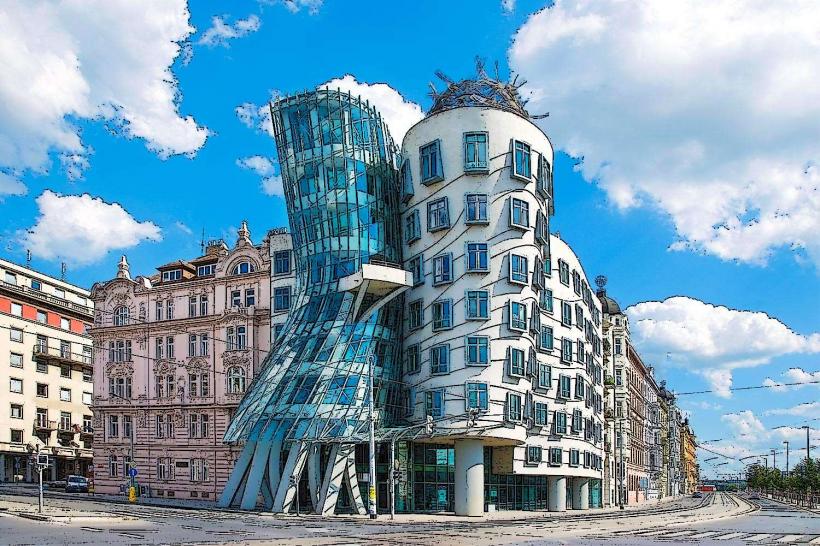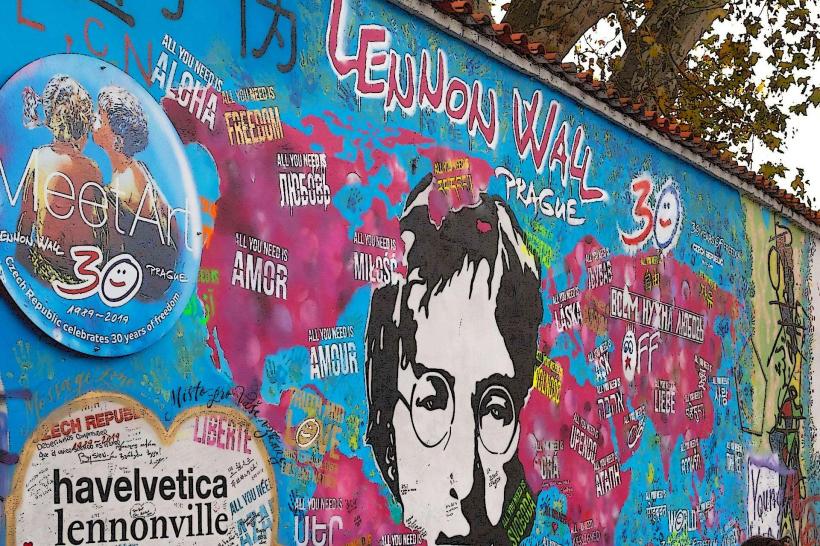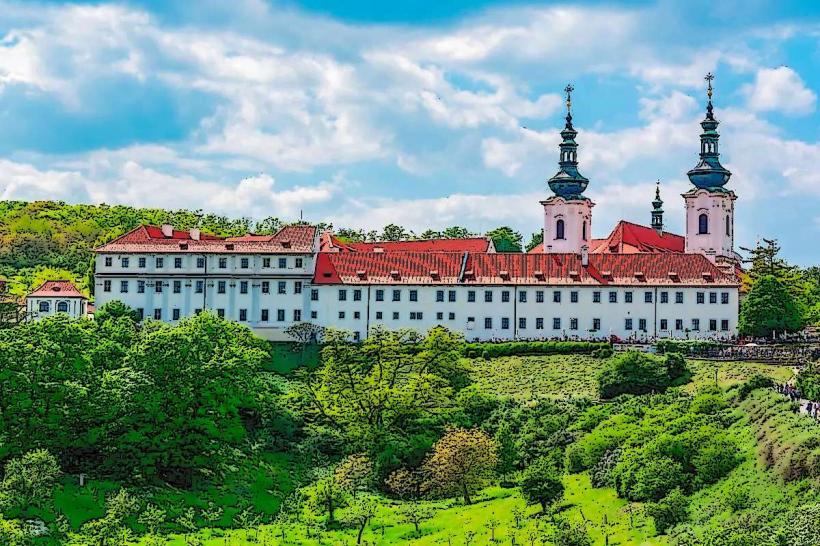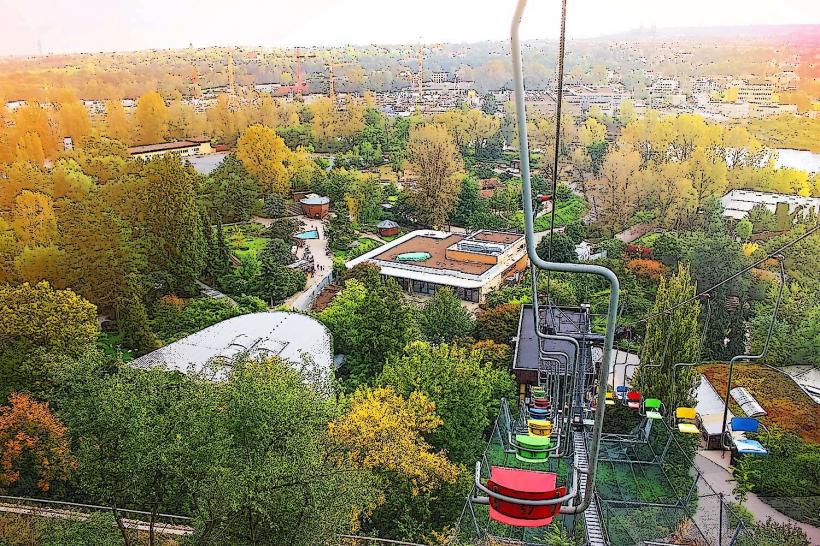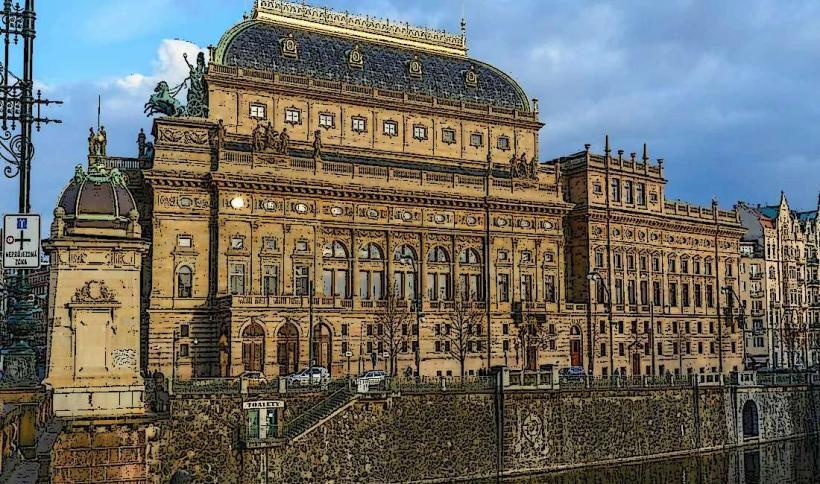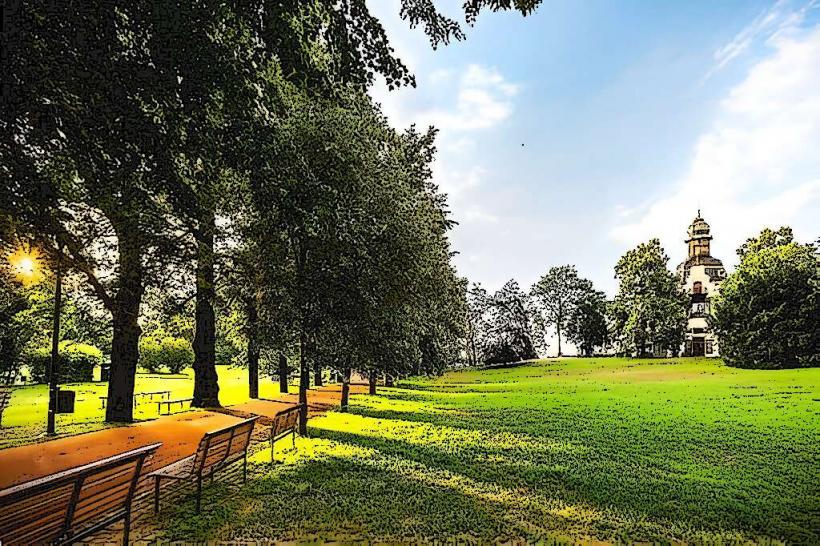Information
Landmark: Prague CastleCity: Prague
Country: Czech Republic
Continent: Europe
Prague Castle – Detailed Overview
Prague Castle (Pražský hrad) is one of the most iconic landmarks in the Czech Republic, an ancient complex that has been the seat of the Kings of Bohemia, the Holy Roman Emperors, and is the current office of the President of the Czech Republic. Situated on a hill above the Vltava River, it is not only the largest ancient castle in the world but also a symbol of the country’s history, culture, and architectural grandeur.
Historical Background
Prague Castle has a rich history that dates back over 1,000 years. The site has served as the political, cultural, and religious center of Bohemia, evolving over the centuries to reflect the different architectural styles and political changes in the region.
Early Origins: The castle’s origins can be traced to the 9th century, with the first construction likely occurring under Prince Bořivoj of the Premyslid dynasty. Over time, the castle grew into the center of power in Bohemia. Initially, it was a simple fortified residence.
The Premyslid Dynasty (10th–14th Century): Under Prince Wenceslas I (Saint Wenceslas) and his descendants, the castle expanded significantly. The St. Vitus Cathedral was begun during the reign of Emperor Charles IV in the 14th century, marking a golden age for the castle and the city of Prague.
The Habsburg Era (16th–19th Century): After the Habsburg dynasty took control of Bohemia in the 16th century, the castle’s role as a royal residence continued, though its significance shifted. During the reign of Emperor Rudolf II, the castle became a center of Renaissance art and science. In the later centuries, as Prague became less of a political center, the castle was more ceremonial, especially during the Austrian Empire.
20th Century and Beyond: The castle underwent significant changes throughout the 20th century, particularly after the establishment of Czechoslovakia in 1918 and during the Communist era (1948–1989). After the fall of communism, the castle became the residence of the President of the Czech Republic, a position it still holds today.
Architectural Styles
Prague Castle’s architectural styles are varied, with influences from Romanesque, Gothic, Renaissance, Baroque, and Modern design reflecting its long history. This blend of architectural elements makes the castle a fascinating example of the evolution of European architecture.
Romanesque Period: The earliest structures at Prague Castle were built in the Romanesque style. The Old Royal Palace, one of the oldest parts of the castle, was constructed during this period and still retains many of its original features.
Gothic Architecture: The St. Vitus Cathedral is the most prominent example of Gothic architecture at Prague Castle. Begun in the 14th century under Emperor Charles IV, it was completed in the early 20th century. The cathedral, with its intricate flying buttresses, pointed arches, and stained glass windows, is one of the most significant examples of Gothic architecture in the Czech Republic.
Renaissance and Baroque: During the 16th century, when the Habsburgs ruled, Prague Castle saw the addition of Renaissance-style buildings, including the Summer Palace of the Royal Family. The Golden Lane (a medieval alleyway) and the Royal Garden were also developed during this period. Baroque influences came in the 17th century, with the creation of the Saal/Spanish Hall and other ornate designs under the influence of Baroque architecture.
Modern Additions: In the 20th century, Prague Castle saw the addition of some Modernist buildings, especially around the castle grounds and during the reconstruction efforts after World War II.
Key Attractions within Prague Castle
The Prague Castle complex is vast and consists of several important buildings and areas. Here are some of the key attractions within the complex:
1. St. Vitus Cathedral
The St. Vitus Cathedral is one of the most important landmarks of Prague Castle and the entire Czech Republic. It stands as a testament to Gothic architecture and houses the tombs of many Bohemian kings and saints, including Saint Wenceslas (the patron saint of the Czech Republic).
- Construction: The cathedral's construction began in 1344, under the auspices of Emperor Charles IV, but was not completed until the early 20th century.
- Features: The cathedral features stunning stained-glass windows by artists like Alfons Mucha, a beautiful rose window, and Gothic arches.
- Royal Tombs: Several kings of Bohemia and other nobles are buried here, including John of Nepomuk and Emperor Charles IV.
2. Old Royal Palace
The Old Royal Palace was the seat of the Bohemian kings for centuries. It consists of several key rooms and chambers, including the Vladislav Hall, an impressive Gothic-style hall with a vaulted ceiling.
- History: The palace has its roots in the Romanesque period, with extensive Gothic additions, especially under Charles IV.
- Important Features: The Vladislav Hall was used for ceremonies and tournaments. The Bohemian kings' throne room is also part of this complex.
3. Golden Lane
The Golden Lane is a charming, narrow street in Prague Castle, lined with small, colorful houses that once housed the castle’s soldiers, artisans, and alchemists. It is named after the goldsmiths who used to live there in the 16th century.
- Architecture: The houses are typically medieval, with distinct Bohemian and Gothic features.
- Notable Locations: The house of Franz Kafka, where the writer lived for a time, is located on the Golden Lane.
4. The Castle Gardens
The Royal Garden and other surrounding gardens of the castle provide an escape into nature. The gardens are a blend of Renaissance and Baroque designs, with perfectly manicured spaces for relaxation and strolling.
- Royal Garden: Features classical sculptures, fountains, and flowers, ideal for a peaceful visit. It was once used for growing herbs and flowers for the royal court.
5. The Powder Tower and the Bell Tower
Another important feature of the castle is the Powder Tower and the Bell Tower, which played significant roles in the castle’s defensive system during medieval times. The Powder Tower was used for storing gunpowder, while the Bell Tower once housed bells to warn of approaching enemies.
6. The Presidential Office
The Presidential Office is located within Prague Castle and serves as the official office and residence of the President of the Czech Republic. The presidential ceremonies, including the annual swearing-in ceremony of a new president, are often held here.
Prague Castle Today
Today, Prague Castle serves multiple functions:
- Official Seat of the President: The President of the Czech Republic resides at the castle and conducts state business here.
- Tourist Attraction: As one of Prague's most visited sites, it attracts millions of visitors each year. The castle complex is open to the public, and its history, art, and architecture are explored by tourists.
- Cultural Center: It hosts various cultural events, including exhibitions, concerts, and ceremonies, celebrating Czech history and art.
Access and Visitor Information
Prague Castle is located on a hilltop, and there are various ways to access it:
- Walking: From Malostranské náměstí or Lesser Town (Malá Strana), visitors can walk up the hill to the castle.
- Public Transport: Tram and bus services also provide access to the castle, and there is a designated castle tram stop.
Visitors can buy tickets for various parts of the castle complex, including the St. Vitus Cathedral, the Royal Palace, the Golden Lane, and the gardens.
Conclusion
Prague Castle is not just a building, but a symbol of the Czech nation, representing its centuries-old history, cultural heritage, and architectural achievement. As the largest ancient castle in the world, it continues to be a living, breathing part of Prague’s life and a must-visit for anyone exploring the city. Its combination of historical significance, artistic grandeur, and stunning views over the city makes it an unforgettable part of the Prague experience.

